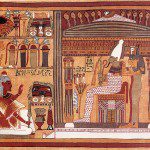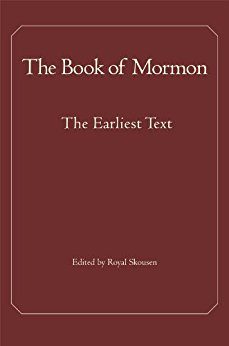
(from Amazon.com)
I would like to suggest a Christmas gift to you, both for yourself and for family and friends. I have in mind the Yale edition of the Book of Mormon — formally,
The Yale edition is an excellent tool for next year’s “Come, Follow Me” curriculum. It is definitely the text that my wife and I will be using. It is, in a sense, a minimal text. There is nothing between the text and the reader, nothing between the reader and the Lord. No notes, no little numbers, no breaking phrases and clauses in the wrong place for the sake of versification. There is a purity in the Book of Mormon that the sense-lines bring out, allowing the reader to read the book with minimal obstruction and interference. As Royal Skousen himself observes of the Book of Mormon, “It really isn’t that difficult a book to read, although it turns out to be highly sophisticated.”
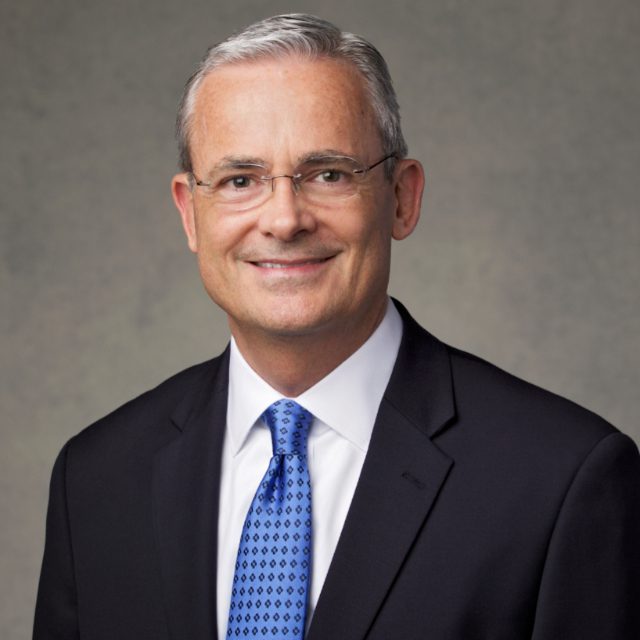
I was absolutely delighted at the news yesterday that Elder Patrick Kearon has been called and ordained as the newest member of the Quorum of the Twelve Apostles of the Church of Jesus Christ of Latter-day Saints. For one thing, I’m happy to have an Englishman among the Twelve. But here’s a much more substantive reason: His talk in the April 2016 General Conference of the Church, “Refuge from the Storm,” remains one of my all-time favorite conference addresses. I invite you to listen to it again.
I have been interested to see Elder Kearon’s reaction to his call to the apostleship. Within hours of his ordination, he was en route to Laie, to speak at Brigham Young University-Hawaii’s fall commencement exercises. I very much enjoyed the two brief videos — “A Conversation with Elder Patrick Kearon” (8:26) and “Peace in the Gospel” (1:24), recorded there on Oahu — that are featured in the article “Elder Patrick Kearon Called to the Quorum of the Twelve Apostles” on the Church’s website. I also enjoyed the opening minutes of his remarks at the BYU-Hawaii commencement, his first public address as a member of the Twelve (a video of which is included in the article “Newest apostle, Elder Patrick Kearon, to BYU-Hawaii grads: ‘Put your hand into the hand of God’: Hours after his calling to the Quorum of the Twelve Apostles, Elder Kearon flew to Hawaii to deliver his first talk and urged graduates to let God lead them to the light of the breaking day,” starting at roughly the 52:30 mark).
Now, at this point, some of my most obsessive critics are surely wondering how I will try to insert myself into the center of this story. What manifest lie will I concoct here in order to claim a connection with Elder Kearon? Well, I’m happy to oblige. I wouldn’t like them to need to wait too long.
Not everybody responded positively to that April 2016 conference talk about refugees. President Dieter F. Uchtdorf, however, who was conducting that session of conference, was visibly moved by it — no doubt at least partially because he and his family had themselves been refugees in Europe amidst the wreckage left by the Second World War. Although Elder Kearon said absolutely nothing about policies or politics in his remarks, the topic had already been thoroughly politicized by that time, and I vividly recall one very active member of the Church indignantly telling me afterwards that “Kearon and Uchtdorf should go back to Europe.” So here’s my connection: A couple of times thereafter, when I encountered Elder Kearon, we would laugh rather ruefully about the anti-Islamic hate mail that we were both receiving.
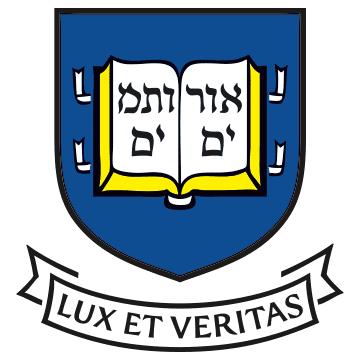
(Wikimedia Commons public domain image)
For those of you who have concerns about accusations that the Church of Jesus Christ of Latter-day Saints is guilty of fostering and protecting the sexual abuse of children, or who know people who are concerned, or who have had to face such criticisms directly, I strongly recommend that you read this helpful article: “A Misguided Crusade: How Mandatory Reporting Fails Our Children.”
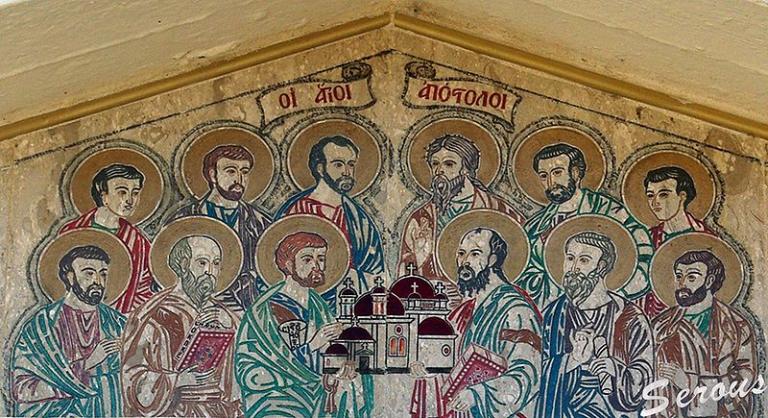
(Wikimedia Commons public domain image)
“Nephi Wanted to Be a Prophet Like Moses, Not a King Like David,” written by Taylor Halverson
Abstract: While David is frequently held up as the standard for great kings in the Old Testament, examination of Nephi’s writings shows that he sought to imitate Moses the prophet rather than David the king. In fact, he never even mentions David. Relative to two major theological movements in Jerusalem in his day, “Zion theology,” in which David was the great hero, and “Deuteronomistic theology,” in which Moses was the hero, we see that Nephi was more aligned with Deuteronomistic theology, which was also more consistent with views in the Northern Kingdom, where Nephi’s ancestry originated.
“Interpreting Interpreter: A Prophet, Not a King,” written by Kyler Rasmussen
This post is a summary of the article “Nephi Wanted to Be a Prophet Like Moses, Not a King Like David” by Taylor Halverson in Volume 59 of Interpreter: A Journal of Latter-day Saint Faith and Scholarship. All of the Interpreting Interpreter articles may be seen at https://interpreterfoundation.org/category/summaries/. An introduction to the Interpreting Interpreter series is available at https://interpreterfoundation.org/interpreting-interpreter-on-abstracting-thought/.
The Takeaway: Halverson argues that Nephi had a greater affinity for Moses rather than David, hewing closer to the role of prophet rather than the role of king.
“A New Look at the Miracles of the Resurrection and the Book of Mormon,” written by Spencer Kraus
Review of Joshua Gehly, Witnessing Miracles: Historical Evidence for the Resurrection and the Book of Mormon (Monongahela, PA: The Church of Jesus Christ, 2022). 172 pages. $14.95 (paperback).
Abstract: Joshua Gehly, an ordained Evangelist of the Church of Jesus Christ, offers a compelling case for the divine authenticity of the Book of Mormon. Gehly uses the historical methods used by William Lane Craig, Gary Habermas, and Michael Licona to demonstrate the historicity of the Resurrection of Jesus Christ and applies them to the Book of Mormon, concluding there to be greater evidence for the Book of Mormon using these methods than the Resurrection. He likewise concludes that the Book of Mormon serves to strengthen the reality of the Resurrection, bearing testimony of a historical people’s interactions with a historical and risen Jesus. While Gehly comes from a faith tradition outside The Church of Jesus Christ of Latter-day Saints, his is a tradition that believes the Book of Mormon to be the word of God, and he shows his deep appreciation and love for both Jesus Christ and the Book of Mormon throughout this book. Ultimately, it is a book that I can recommend to those interested in the line of historical analysis presented by many Christian apologists and the Book of Mormon.
“Marvelous Ripples through Time and Mind,” written by Brant A. Gardner
Review of Richard Lyman Bushman, Joseph Smith’s Gold Plates: A Cultural History (New York: Oxford University Press, 2023). 264 pages, $34.95 (hardback).
Abstract: The gold plates were only a physically present artifact for a brief time and only for a select few people. Then they were gone, but the effect of their original presence echoes and reverberates through the history of how people have reacted to the reports of the plates. Bushman’s cultural history examines a wide range of responses, covering not just the familiar apologetic and critical responses, but also the way literature and art have represented them.


